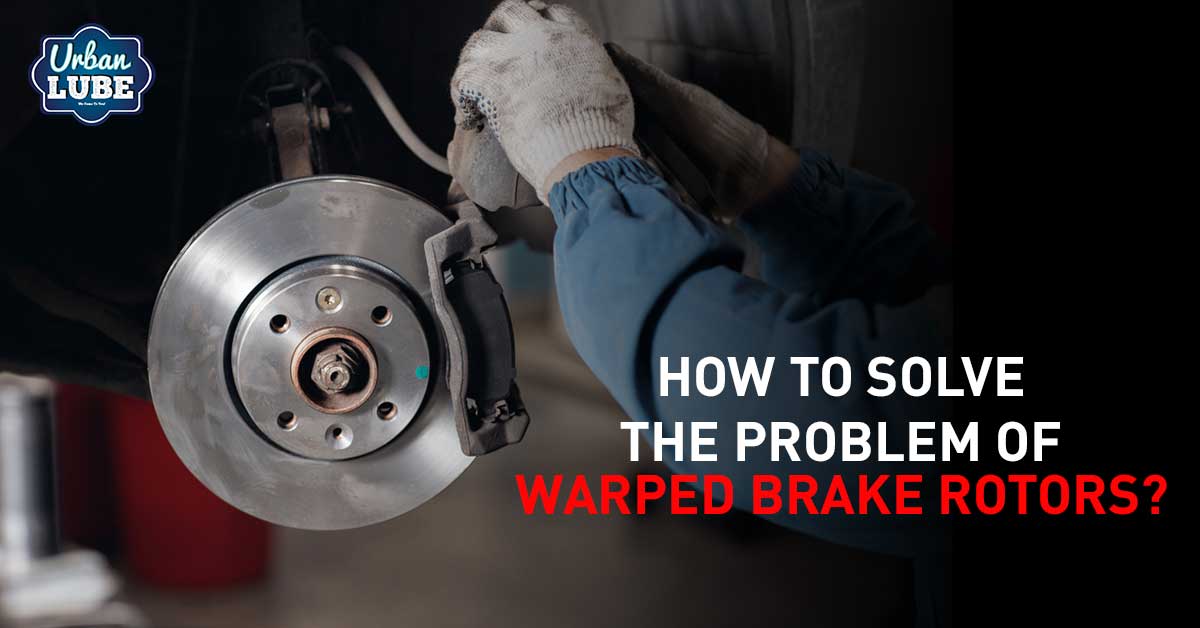
Do you find your vehicle or its steering wheel shaking or vibrating frequently when you apply brakes while driving? Worn out brake rotors are most likely to be the cause of this. Just like you focus on transmission oil change, engine oil change, and mobile battery replacement to keep the vehicle running seamlessly, brake rotors are a key component of your vehicle that cannot be overlooked.
What are Brake Rotors?
- Brake rotors are flat metallic discs that you can easily see behind the wheels of your vehicle.
- They are popularly known as brake discs.
- Brake rotors along with brake pads form the main components of your vehicle’s braking system.
- Applying brakes to your car is a lot more than just pressing the brake pedal with your foot.
- When you press the brake pedal, the brake pads clamp down the rotors that prevent the wheels from moving ahead and your car stops. This mechanism happens every time when you apply the brakes.
What is Wrapped Brake Rotors?
- Wrapped brake rotors mean uneven brake rotor surface, which happens over time.
What are the possible reasons for warped brake rotors?
- Applying brakes frequently, especially at high speeds
- Exposure to moisture and humidity
- Friction
- Excessive heat generation
- Bad quality of brake pads
- Build-up of gases
Which Signs Indicate that Your Vehicle has Warped Brake Rotors?
- Increase in braking time
- Squeaking noise while applying brakes
- Excessive vibrations in the steering wheel and brake pedal
- Indicator warning light turning on
How to Fix the Problem of Warped Rotors of Your Vehicle?
In order to fix the issue of warped brake rotors on your vehicle, you have two options: Machine them or replace them.
1. Machining the brake rotors
Machining can be performed if brake rotors are:
- Warped due to excessive heat
- Worn out due to damaged brake pads
- Damaged because of pitting corrosion or rust
Process
- It involves resurfacing the brake rotors.
- Machining rotors removes some portion of metal from their surface.
- Machining makes the surface of the rotors smooth and even again.
- It involves the use of a lathe to make the surface of the rotors flat and level.
- The machining process can only be done if the rotors are sufficiently thick to be resurfaced.
- If the minimum recommended thickness after resurfacing the rotors cannot be maintained, you need to replace the rotors immediately.
- Even after machining, it is possible that the brake rotors can go back to their warped form due to residual stress.
2. Replacing the Brake Rotors
You need to go in for the replacement of brake rotors in the following cases:
- If the rotors are not in the condition of being resurfaced.
- If the rotors become extremely thin after resurfacing and do not match the recommended thickness given by your vehicle manufacturer.
Installing a new set of brake rotors ensures complete safety on the road while driving.
If your vehicle requires the replacement of brake rotors, no better place to get it done than Urban Lube.
Urban Lube specializes in the following services in and around Calgary in Canada.
- Brake rotor replacement
- Transmission oil change
- Mobile battery replacement
- Motor oil change
- Tire change
- Windshield change
Book an appointment Now!
